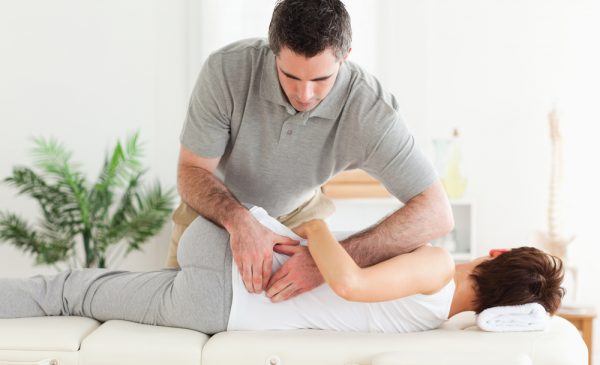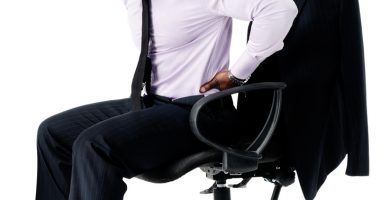Your Treatment
When you first visit an osteopath they will spend some time taking a medical history, which will include questions about your general health and lifestyle as well as asking you about the symptoms or injuries that you are seeking help with. With your consent they will then perform a physical examination, which is likely to involve the osteopath touching the areas of your body that are experiencing pain and asking you to move around. They may also look at test results, x-rays and scan reports if these are available.
It may be necessary for the osteopath to ask you to remove some clothing, so that they can see and touch the areas of the body causing concern. If you are uncomfortable undressing to your underwear, the osteopath may be able to suggest clothing, such as shorts and T-Shirt, or close fitting garments, that will enable them to work effectively without making you feel uncomfortable, so please do discuss this. You are welcome to bring someone with you into the consultation room.
The osteopath will make a diagnosis and discuss a course of treatment with you. This may involve visiting them a few times for manual therapy, some exercises that you can do by yourself and some lifestyle changes. If the osteopath believes that your condition would not be improved with osteopathic treatment they will refer you to your GP or another suitably qualified professional and may provide you with notes explaining their diagnosis and why they feel osteopathic treatment would not help you.
Is Treatment Painful?
Osteopaths work very hard to make treatment as painless as possible, but you may experience some discomfort during and after treatment. Your osteopath will discuss with you if a technique that they are about to use may be uncomfortable and will stop if you tell them that you are feeling too much pain.
Following treatment, about half of patients report some mild soreness in the area of their body that was treated. This can usually be relieved with an over the counter pain killer and will go away within 48 hours. If you experience serious or unusual symptoms after treatment you should contact your osteopath straight away for advice.
For more detail about how osteopathy can help a range of common conditions click here.





